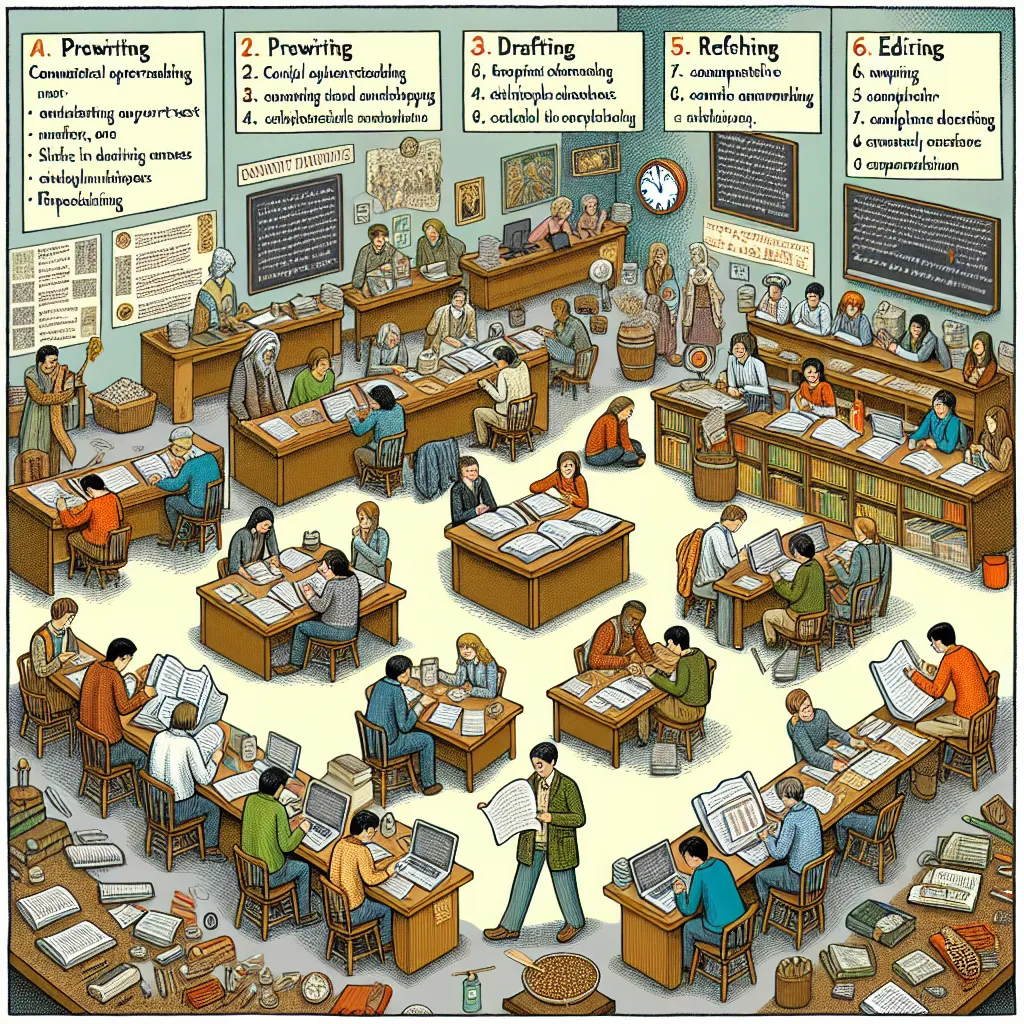Ask AI on The Internet
Question: QUESTION 3 Effective questioning and feedback are key features in any teaching situation. They are based on a dialogue between the teacher and learner. Describe the features of effective questioning and feedback by substantiating it with examples from your own experiences. DON’T COPY THE TEXTBOOK! YOU NEED TO MAKE USE OF YOUR OWN EXAMPLES. Suggested length: two to three pages [30]
### Effective Questioning in Teaching **1. Types of Questions:** Effective questioning involves different types of questions designed to achieve various educational objectives. These can range from simple, recall-based questions to more complex, higher-order questions that encourage critical thinking and problem-solving. - **Example:** When teaching a physics class about Newton's Laws, starting with recall-based questions such as "What are Newton's three laws of motion?" can help reinforce foundational knowledge. Moving to higher-order questions, such as "How would you apply Newton's third law to explain the behavior of a rocket launch?" encourages deeper understanding and application of the concepts. **2. Open vs. Closed Questions:** Balancing open and closed questions is essential. Closed questions typically have a single correct answer and are useful for checking factual understanding. Open questions, on the other hand, allow for multiple correct answers and encourage discussion. - **Example:** In a literature class, a closed question might be "What is the climax of the story 'To Kill a Mockingbird'?" while an open question could be "How do you interpret the motivations of Atticus Finch in the story, and how do they contribute to the overall theme?" **3. Wait Time:** Providing students with adequate wait time after posing a question allows them to think more deeply and formulate better responses. Research suggests that a wait time of 3-5 seconds can significantly improve the quality of student responses. - **Example:** After asking, "Why do you think the Civil War was inevitable?" in a history class, give students time to ponder the question instead of looking for an immediate answer. This can lead to more thoughtful and comprehensive responses. **4. Probing and Follow-up Questions:** Probing deeper with follow-up questions can help clarify student understanding and encourage them to elaborate on their initial responses. - **Example:** If a student in a biology class says, "Photosynthesis is the process by which plants make food," a follow-up question could be, "Can you explain the role of sunlight in the process of photosynthesis?" This encourages the student to provide a more detailed explanation and demonstrates their deeper understanding of the topic. ### Features of Effective Feedback **1. Timeliness:** Feedback should be given as soon as possible after an activity or assessment. Timely feedback ensures that students can still recall the specifics of their work and apply the feedback to future tasks. - **Example:** In my math class, after a quiz on algebraic equations, I provide feedback within 24 hours. This immediacy helps students understand their mistakes while the material is still fresh in their minds, allowing them to correct misconceptions promptly. **2. Specificity:** Effective feedback is specific rather than general. It focuses on particular aspects of student performance and provides concrete suggestions for improvement. - **Example:** Instead of telling a student in an art class, "Your painting needs more work," I might say, "Your use of color in the background is effective, but consider using more shading to add depth to the foreground objects." **3. Constructiveness:** Feedback should be constructive and aimed at improvement, balancing positive comments with areas for growth. It should foster a growth mindset and motivate students to improve. - **Example:** When grading essays in an English class, I make sure to highlight what the student did well ("Your thesis statement is clear and well-supported by your arguments.") before pointing out areas for improvement ("However, try to use more varied sentence structures to make your writing more engaging."). **4. Involvement of Students:** Effective feedback involves students in the process, encouraging them to reflect on their performance and set goals for improvement. - **Example:** After a group presentation in a social studies class, I ask each student to complete a self-assessment. We then discuss their self-assessments together, which helps them to take ownership of their learning. ### Personal Reflection and Examples **1. Questioning in Practice:** In my experience teaching high school science, I found that using a mix of questioning techniques enhanced student engagement and understanding. For instance, when discussing ecosystems, I began with simple factual questions like "What components are necessary for a balanced ecosystem?" This established a base of knowledge. I then moved to more analytical questions such as, "How might the removal of a predator impact the population dynamics within an ecosystem?" This encouraged students to apply their knowledge and think critically about real-world implications. **2. Implementing Feedback:** In a creative writing course I taught, I used the "sandwich method" for feedback – starting with something positive, addressing areas for improvement, and ending with another positive comment. For example, in one student's narrative piece, I noted, "Your use of dialogue is very effective in bringing your characters to life. To improve, consider varying your sentence structure to enhance the flow of your narrative. Overall, your story has a compelling plot that keeps the reader engaged." This balanced feedback helped the student feel encouraged while also providing specific areas to work on. By applying these principles of effective questioning and feedback in my teaching, I have witnessed significant improvements in student engagement, understanding, and performance.
Think your answer is better than the AI's? Post it below.
Other Most Relevant Posts:
Question Tags
If you want your question answered by an AI, click here.







Post your own comment: